Diet Diversity Equals Health
Ali Segersten Jul 28, 2025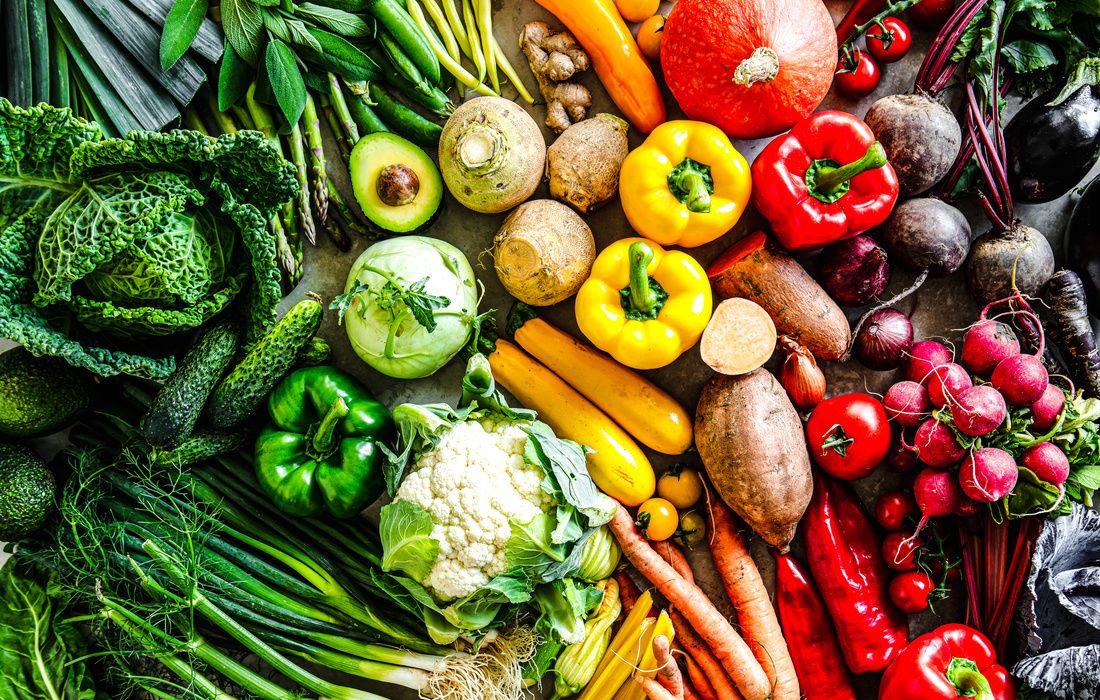
Eating a wide variety of whole foods can calm inflammation, rebalance the gut, and liberate your healing journey. But what do you do when everything seems to trigger you?
When you’re dealing with autoimmune flares, histamine reactions, IBS, or SIBO—when your hormones feel out of balance, your digestion is unreliable, and your body is begging for relief—variety often becomes the first casualty. The thought of introducing new foods can feel overwhelming. Scary, even.
And yet, true healing requires diversity.
At first, of course, pulling back is essential. Removing triggering foods and stressors is a crucial part of calming the immune system and reducing systemic inflammation. That’s where elimination diets and therapeutic resets serve us. They help us come home to ourselves—to clarity, stability, and the beginning of relief.
But over time, staying too long in a highly restrictive state becomes its own kind of stress.
When your diet is narrow and repetitive, your gut microbiome begins to reflect that. You lose diversity. And with it, resilience.
Microbial Diversity Is the Root of Resilience
A diverse microbiome—a thriving ecosystem of beneficial microbes that live in and on your body—is foundational to gut health.
It helps prevent the overgrowth of yeast and opportunistic pathogens by maintaining balance within the microbial terrain.
It supports gut barrier integrity by promoting mucus production and modulating tight junction function.
It reduces inflammation by modulating immune activity and producing short-chain fatty acids like butyrate.
And it generates bioactive compounds that influence mood, hormone metabolism, detoxification, and immune regulation—linking gut health to nearly every system in the body.
Microbes love variety.
They thrive on colorful plant foods, bitter greens, resistant starches, and prebiotic fibers. They thrive when you touch soil, walk barefoot, swim in lakes, and inhale the scent of a forest. They thrive when your nervous system is regulated, when you sleep well, and when you nourish your body in rhythm with your needs.
Microbial diversity doesn’t just support gut health—it ripples outward, influencing your brain, immune system, metabolism, and more.
Here’s how beneficial microbes support your health, longevity, and vitality:
- Enhance mental clarity and mood through the gut-brain axis and production of neurotransmitters like GABA and serotonin
- Reduce systemic inflammation by modulating immune responses and dampening pro-inflammatory cytokines
- Strengthen immune resilience by training the immune system to distinguish friend from foe
- Support gene expression through epigenetic signaling and metabolites like short-chain fatty acids (SCFAs)
- Improve skin health by lowering gut permeability and reducing internal inflammatory load
- Prevent the overgrowth of pathogens and opportunistic microbes—such as Candida, Clostridia, Staphylococcus, and Streptococcus species—by maintaining microbial balance. Think of your gut like a parking lot. When it's full of beneficial microbes, there's no room left for the harmful ones to park.
- Enhance digestion and nutrient absorption by breaking down complex plant fibers and synthesizing certain vitamins
- Produce SCFAs like butyrate, acetate, and propionate, which fuel colon cells, maintain gut barrier function, and reduce cancer risk
- Promote hormone balance by aiding in estrogen metabolism and detoxification via the estrobolome
- Protect against chronic diseases like type 2 diabetes, cardiovascular disease, obesity, autoimmune conditions, and certain cancers
- Neutralize toxins by binding and transforming harmful compounds for safe elimination
- Increase health span by supporting metabolic flexibility, mitochondrial health, and reduced oxidative stress over time
From Restriction to Discovery to Freedom
Eating “everything” doesn’t always mean eating a nourishing, diverse diet.
The Standard American Diet is often built around ultra-processed foods, repetitive ingredients, and low-fiber meals. These patterns fail to nourish microbial diversity and may actually contribute to its depletion.
A monotonous or overly processed diet not only reduces gut microbiome diversity—it can also impair metabolic flexibility, the body’s ability to efficiently switch between fuel sources and respond to stress.
Over time, this lack of nutritional variety can contribute to chronic low-grade inflammation, disrupted energy metabolism, and imbalances in immune function.
Instead, many people benefit from moving through intentional phases of nourishment:
- Whole Food–Based Diets to begin replacing processed and packaged foods with simple, real ingredients like those found in the Mediterranean Diet or Clean Eating Diet
- Elimination Diets to reduce inflammation and uncover food triggers
- Detoxification Protocols to clear toxins, recalibrate digestion, and support liver pathways
As you move through these phases, something begins to shift. You step into a new relationship with food—one no longer ruled by fear or rigidity, but guided by mindfulness.
The structure of dietary guidelines is often essential at first. Therapeutic diets create a sense of contrast between how you felt before and how you feel now.
Structure creates contrast, and contrast awakens awareness. It helps you tune in. It helps you remember what true nourishment feels like.
This phase of clarity and containment is incredibly important.
But it is a phase.
Eventually, once you’ve experimented, listened, and learned what works for your body, you begin to move to the other side—toward true food freedom.
Eating with awareness. Trusting the wisdom of your body.
You begin to understand, deeply and intuitively, which foods nourish you, and which ones don’t. You diversify your diet within the boundaries of what nourishes you.
You’re no longer driven by external rules. You’re led by inner knowing.
You might discover that gluten, eggs, or nightshades don’t serve your body. But that doesn’t mean your diet must stay small. What about purple sweet potatoes, red lentils, watermelon radishes, endive, arugula, mung beans, persimmons, or burdock root?
“As you start to walk on the way, the way appears. —Rumi
Sometimes it feels overwhelming to begin. But it’s in the beginning—whether you’re just starting to remove processed foods, exploring an elimination diet, or ready to deepen your support for microbial diversity—that the path begins to unfold.
You don’t need to have it all figured out.
You simply need to take the next nourishing step.
Everything unfolds in perfect timing.
Practical Ways to Support Diet Diversity:
So how do you begin to diversify your diet and support your microbiome? Here are a few supportive ways to get started:
- Add fresh herbs daily: Basil, cilantro, dill, parsley, thyme, rosemary. Each one offers different polyphenols, essential oils, and medicinal compounds that help shape a thriving inner ecosystem. These plant compounds nourish beneficial microbes while helping to keep harmful species in check.
- Eat the rainbow: Aim for 30+ different plant foods each week, including fruits, vegetables, legumes, nuts, seeds, and whole grains.
- Include resistant starches: Cooked-and-cooled potatoes and rice, green bananas, legumes, and raw rolled oats (like soaked overnight oats) all provide resistant starch that feeds beneficial butyrate-producing bacteria—especially Faecalibacterium prausnitzii and Roseburia species, which help reduce inflammation and support colon health.
- Use healthy fats: Extra virgin olive oil, avocado oil, avocados, raw flax and chia seeds, and moderate amounts of pastured animal fats support cellular integrity and gut health.
- Fermented foods (as tolerated): If you’ve moved beyond histamine sensitivity, include sauerkraut, kimchi, kefir, or beet kvass to gently support microbial balance. While the beneficial microbes in fermented foods don’t typically take up long-term residence, they help create favorable conditions for your native gut flora to flourish.
- Get outside: Being in nature exposes you to new microbial inputs that support diversity (especially in forests, gardens, farms, or near water).
- Rotate your ingredients: Instead of the same smoothie every morning, try switching your greens, fruits, and seeds throughout the week.
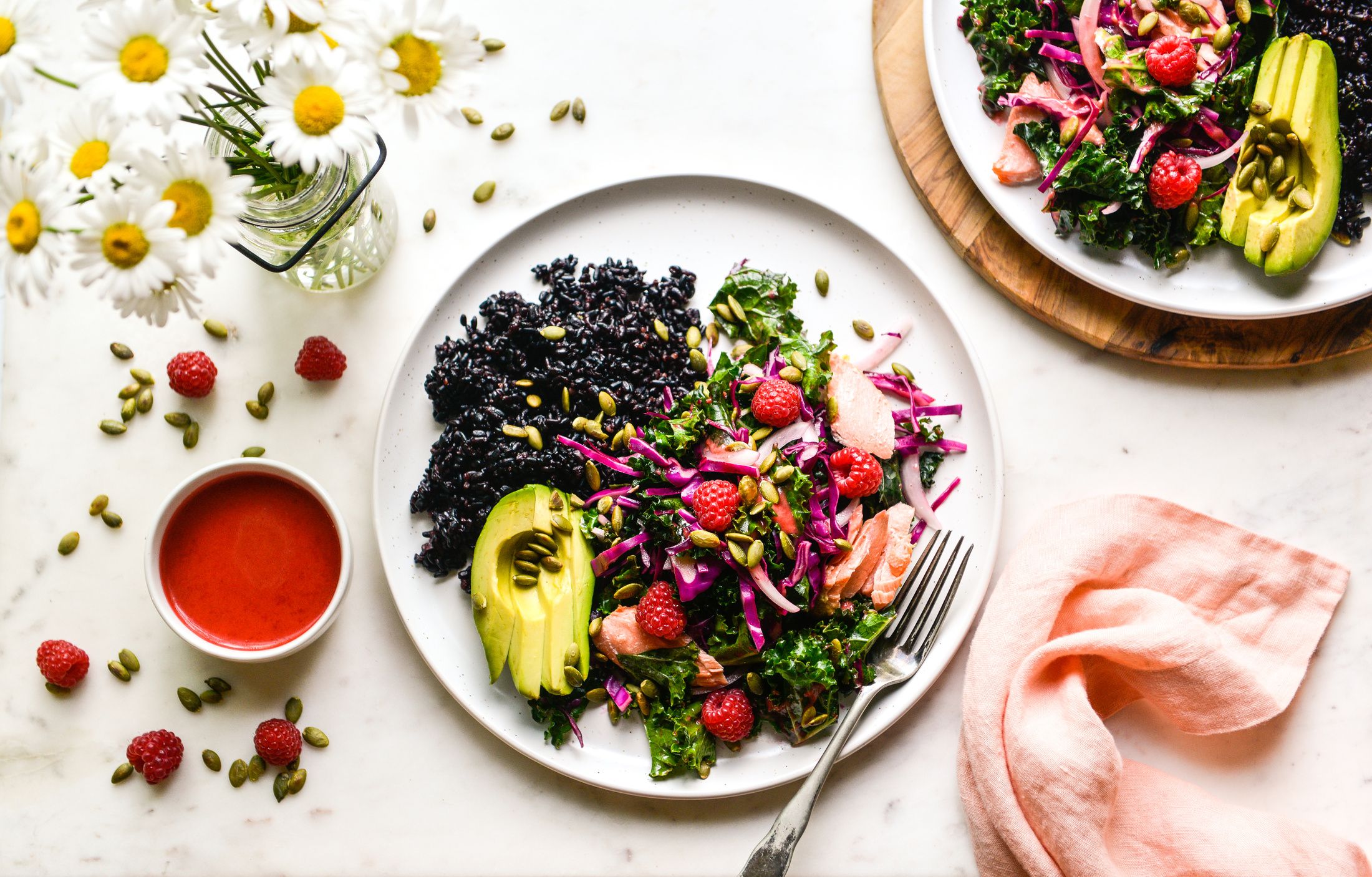
Diversity Is the Heart of Healing
The foods you eat determine which microbes thrive in your gut—and those microbes shape everything from your digestion to your mood, metabolism, and immune health.
When you feed your microbiome diversity—through color, fiber, and variety—it responds with resilience, helping to restore balance from the inside out.
This is the essence of gut healing. Nourishing your inner ecosystem.
When your gut microbes are well-fed, your digestion calms, and you feel more alive, balanced, energized, and whole.
Here’s how to keep going:
Read the article: The Healing Power of Prebiotics—How to Nourish Your Gut from Within →
Explore the essential role of prebiotics in gut healing, and learn how dietary diversity supports microbial balance, reduced inflammation, and long-term vitality.
Download the Prebiotics Guide PDF →
A beautifully designed, science-backed reference for integrating prebiotic-rich foods into everyday meals—including categorized food lists, how they work, and how to tailor them to your needs.
Make Lacto-Fermented Watermelon Radishes →
Fermented vegetables are one of the simplest and most powerful ways to bring live microbial allies into your diet. This recipe is a simple entry point into fermentation and microbiome nourishment.
Feeling stuck in a dietary rut? Nourishing Meals® was designed to walk with you. →
Explore 1,900+ recipes filtered by your unique needs—so you can rediscover the joy of diverse, healing foods.
Explore Month 7: Nourishing with Prebiotics & Probiotics →
After six months of gently removing what no longer serves your body, it’s time to begin rebuilding from the inside out. This is the first step in the Nourish and Restore phase—a return to deep, cellular nourishment that supports long-term healing and vitality.

About the Author
Alissa Segersten, MS, CN
Alissa Segersten, MS, CN, is the founder of Nourishing Meals®, an online meal-planning membership with over 1,800 nourishing recipes and tools to support dietary change and better health. As a functional nutritionist, professional recipe developer, and author of The Whole Life Nutrition Cookbook, Nourishing Meals, and co-author of The Elimination Diet, she helps people overcome health challenges through food. A mother of five, Alissa understands the importance of creating nutrient-dense meals for the whole family. Rooted in science and deep nourishment, her work makes healthy eating accessible, empowering thousands to transform their well-being through food.Nourishing Meals Newsletter
Email updates.
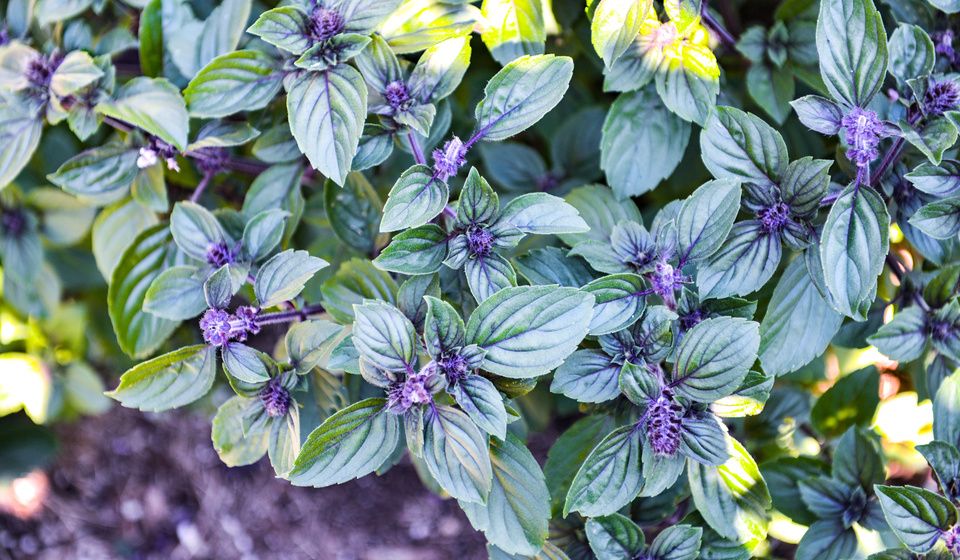
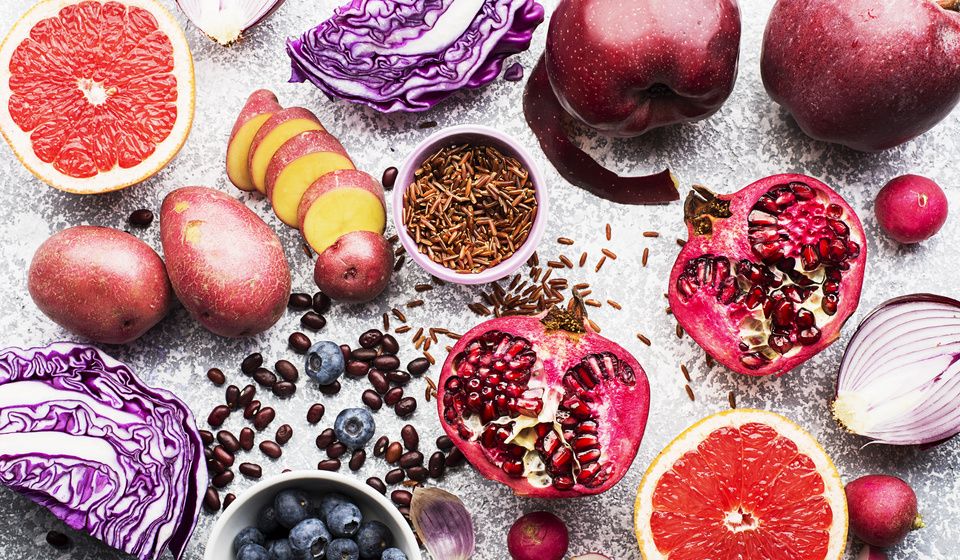
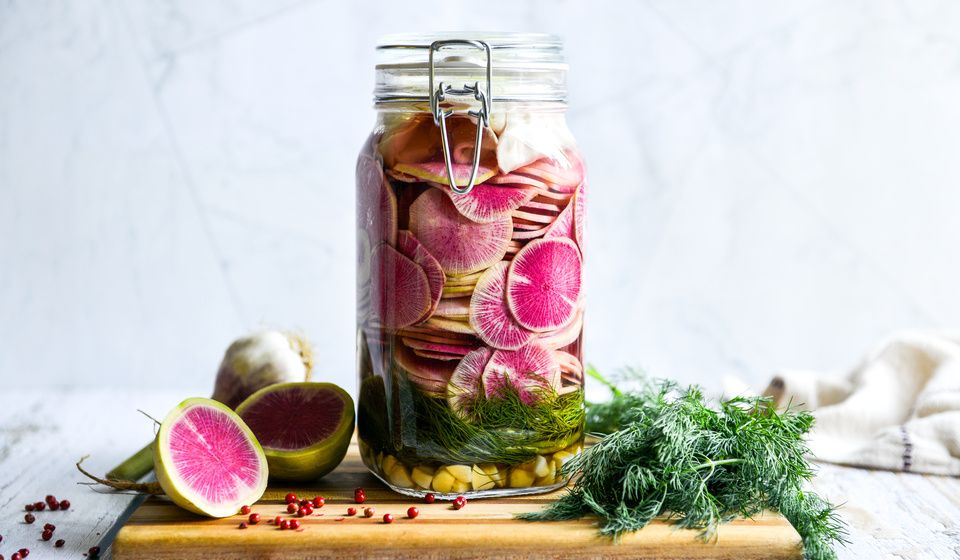
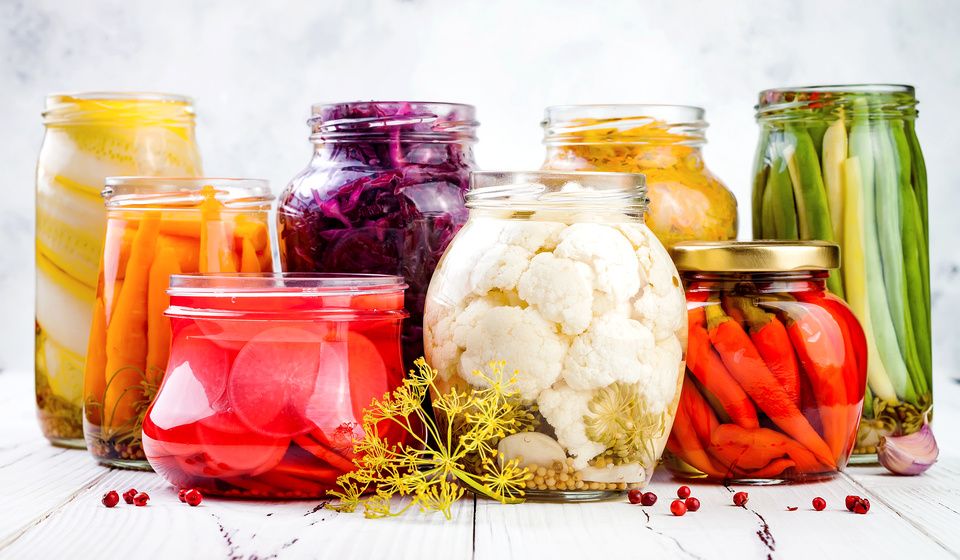
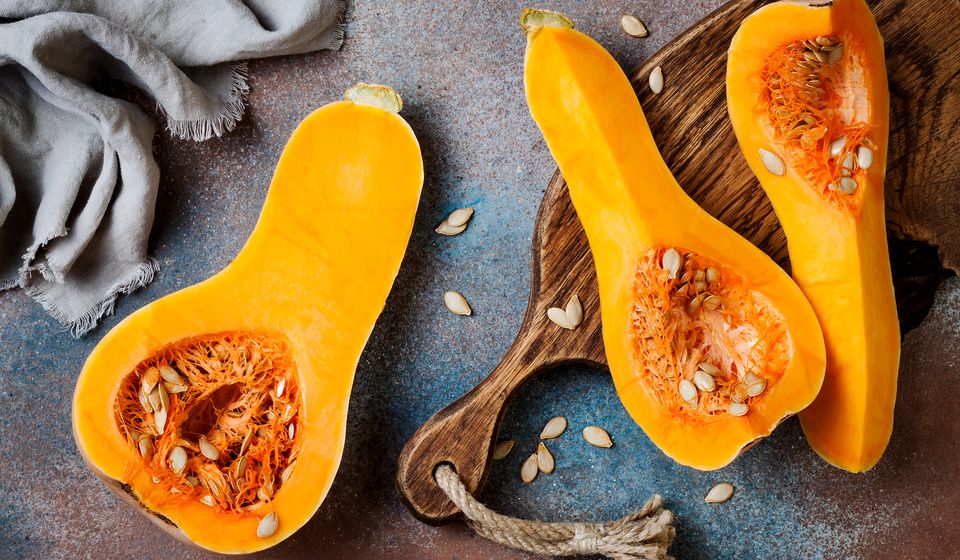

Add Comment